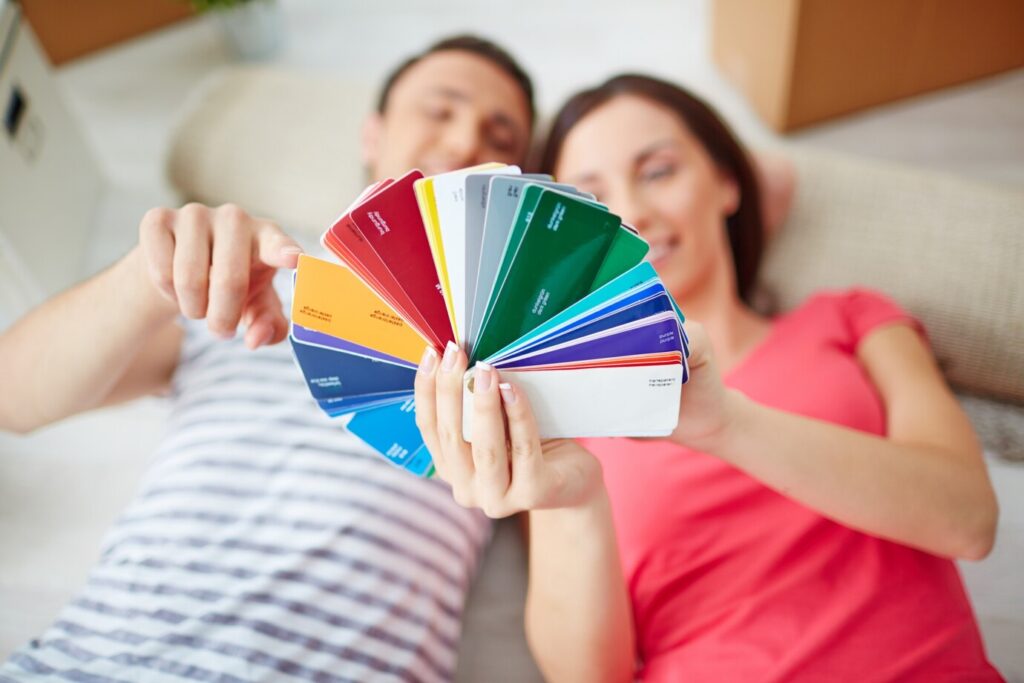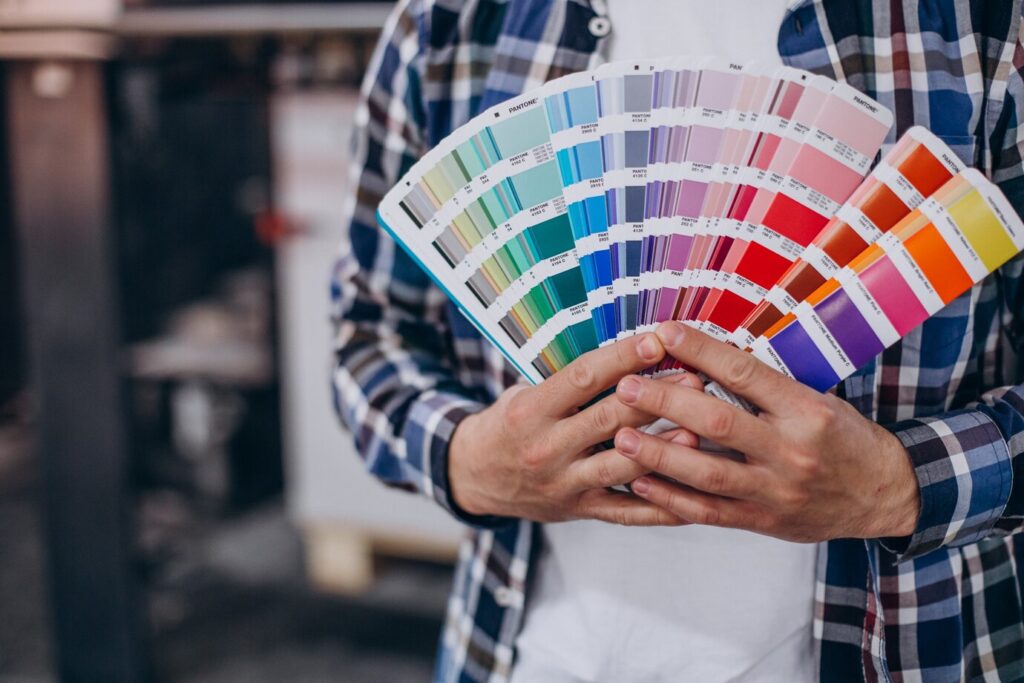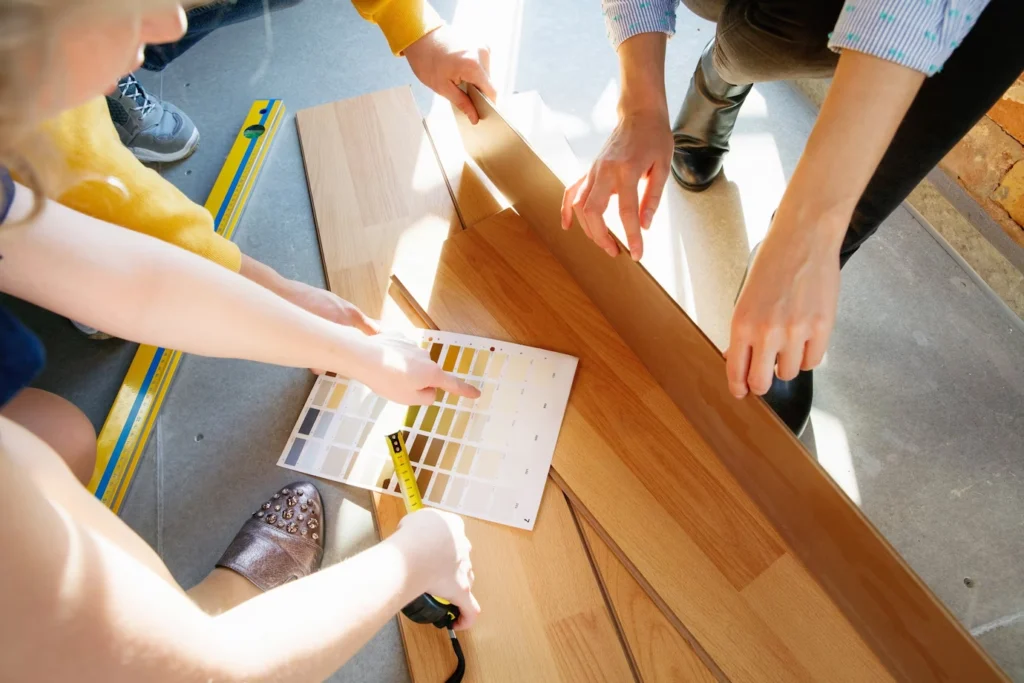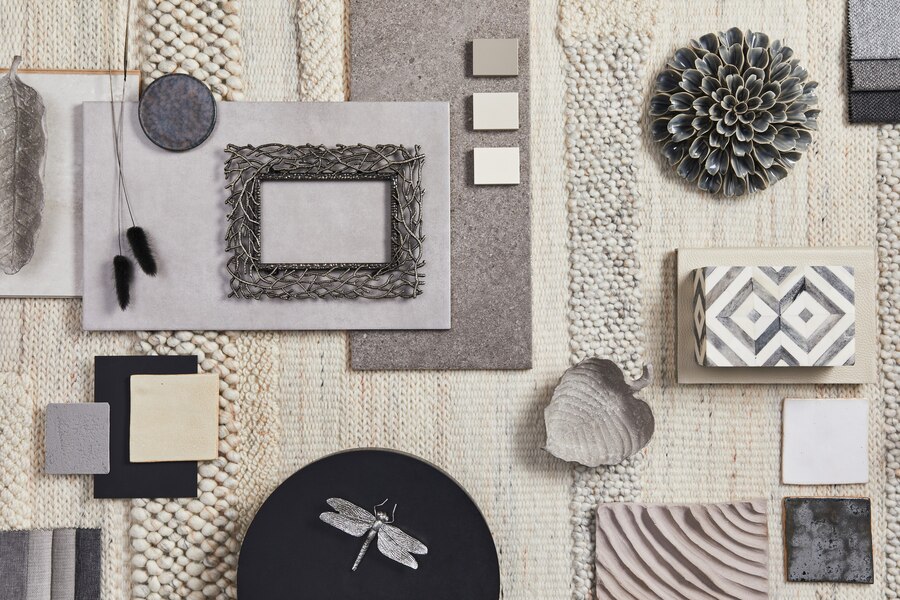Best Paint Combinations: 7 Stunning Ways to Achieve Color Harmony for Your Home
Unveil the perfect hues! Explore the best paint combinations for a harmonious home. Expert tips await! Choosing the right paint mixtures can be overwhelming, especially when you want to create a harmonious and inviting area. I recollect status in a paint keep, staring at countless swatches, feeling lost in a sea of colouration. You’re in the proper vicinity if you’ve ever felt the equal way. Today, I’m here to guide you through choosing the first-rate paint combos for your house. We’ll dive into the basics of colouration ideas, explore sensible hints, and examine specific examples to help you obtain beautiful colouration harmony in every room. Have you ever walked into a room and felt instantly relaxed, perhaps barely agitated, without understanding why? The colours around you play a massive role in those emotions. The proper paint mixtures can transform your property into a sanctuary of calm or a colourful area full of strength. In this newsletter, we will discover how to harness the power of shade to create the best ambience in your home. Basics of Color Theory Before discussing precise paint mixtures, let’s evaluate the basics of colouration theory. Understanding how colorings work together is critical for developing harmony. Primary, Secondary, and Tertiary Colors Primary shades: Red, blue, and yellow. These are herbal colourings that can not be created by blending other sunglasses. Secondary colourings are inexperienced, orange, and pink. They are made by mixing primary hues. Tertiary colourations are created by mixing primary and secondary hues, resulting in shades like red-orange, yellow-inexperienced, and blue-purple. The Color Wheel A colouration wheel is a device for analyzing shade relationships. It’s vital for identifying complementary, analogous, and triadic shade schemes. Colour Relationships. Complementary colourations: These are opposite every other on the colour wheel, along with blue and orange. They create a vibrant comparison. Analogous hues: These are opposite each other on the colour wheel, like blue, blue-green, and inexperienced. They provide a serene and comfortable design. Triadic colourations: These are lightly spaced across the colour wheel, including crimson, yellow, and blue. This scheme offers a balanced and dynamic appearance. Picking a Colour Scheme Now that we know the fundamentals of colour theory, we can examine many colour schemes and determine which one will work best in your room. The scheme in One Colour: A harmonious and aesthetically alluring monochromatic scheme is achieved using a huge range of tones, tints, and colourations of an unmarried colour. Envision an area embellished in various soothing blues, developing surroundings of spaciousness and serenity in which you may unwind and loosen up. Comparative Plan: An analogous scheme employs colours adjacent to one another on the colour wheel to achieve visual harmony and cohesion. A space can get a revitalising, eco-friendly vibe by mixing green, yellow-green, and yellow hues. Synergistic Plan: A complementary scheme uses opposed colours, which provide a striking and energetic appearance. For instance, combining blue and orange can make a space more vibrant and energising. Using Bright Colours and Neutrals When it comes to decorating a home, neutrals are often neglected. They offer a base on which colourful shades can relax without cluttering the room. Neutrals’ Function The conventional and adaptable neutrals are taupe, white, grey, and beige. They can accentuate extra vibrant colours as a backdrop, making them best used as base colours. Making Use of Vibrant Colours Bold and vibrant shades convey life and man or woman to any area. The 60-30-10 rule states that after utilizing bold colourations, you ought to use a dominating shade (usually impartial) for 60% of the room, a secondary colour for 30%, and an accent colour for 10%. This maintains concord and prevents the intense colourings from dominating the room. Useful Guides for Selecting Paint Combinations Selecting paint combos involves more than simply choosing the colours you like. Here are some practical actions to guide you in making the best choices. Getting Started with a Subject: First, choose a focal point—a chunk of fixtures, a rug, or some paintings—and use this object’s hues to inspire your paint pallet. Thinking about Lighting and Space: Lighting is a primary issue in colour appearance. Thanks to versions in herbal light, colourations adjust with the day. Try painting samples underneath diverse light settings to see how they react. Also, do not forget the room’s dimensions. A tiny space can be even smaller when painted darkly. However, it can sense bigger and greater airiness when painted mildly. Colour Tests Using Samples: Paint colourations must constantly be tested before committing. Paint small quantities of the wall and note how the colours seem at some stage in the day. This will save you high-priced errors and guarantee your satisfaction with the stop product. Examples of housing Let’s explore paint schemes for different rooms of your home. Colours should consider each room’s purpose and mood. Residence: Creating a welcoming environment. The home is often a focal point in the home, a gathering place for friends and family. Use complementary colours to create a comfortable and welcoming atmosphere. For example, blue (bold) sail fixtures on off-white (neutral) walls can be paired with orange (included) shotguns to achieve a relaxed yet active style. Beautiful colour choices for the bedroom. Your bed acts as a haven where you can relax and rejuvenate. It is a great place for monochromatic or combination colours. Think of the blue tone associated with relaxation. Light blue walls (the main colour) can be paired with deep blue bedding and furniture (the accent colour mix) to create a calm and relaxed atmosphere. Kitchen: Bringing colour to the area. Meals are cooked in the communal kitchen, where they usually eat. Similarly, colours can energize a space without being overwhelming. Use a combination of red, yellow, green and green. Use light green cabinets and yellow and green accents on the walls for a bright and cheerful effect. Maintaining clean and fresh bathrooms. The toilet needs a new, clean vibe. The accompanying colour palette is gorgeous. Consider painting the walls a soft blue (undertone),










